All Asian Primates
$70.40
In stock
$70.40
Weight
2.3 kg
Size
28 × 22 cm
Language
English
Format
Paperback
Pages
536
Publishing date
September 2021
Published by
Re:wild
Description
This book features the most beautiful images of the Asian apes, monkeys and prosimians, including the rarest, photographed by more than 200 naturalists, professional and amateur photographers, primatologists and wildlife organizations.
This collection portrays 131 species and, including the currently recognized subspecies of 26 of them, 193 Asian primates overall. Just for the sake of completeness, also included is the Barbary macaque of northern Africa, the only living member of the genus from outside of Asia. Other than the Barbary macaque and the Hamadryas baboon, all are endemic to South, Southeast and East Asia. Coverage is also provided for some 19 described subspecies that today are not considered valid (the scientific names attributed to them are given in parentheses), along with the different pelage colour forms of nine of the species and subspecies.
A distribution map, a short introductory text, and a listing of the species and subspecies introduce each chapter devoted to the five Asian primate families, their subfamilies and genera. A photo montage shows a close-up of the face and, behind it, when possible, males, females and young in the habitat, for each species and subspecies. On the opposite page, each taxon is accompanied by its scientific name, a common name in English and French, and its Red List status. There is a map and a description of their geographic range, along with brief but fully referenced notes on their taxonomy (nomenclatural history), and a summary of the threats each face and their conservation measures, including notable protected areas where they mainly occur. Users can access a QR code for details of the taxon on the IUCN Red List website.
A final section lists the Asian primate species and subspecies in each of the 22 countries where they occur.
This book will engage its readers towards the goal of protecting and restoring a remarkable and vital element of Asia’s rich biodiversity. It presents us with the full range of Asian primates, so many of which are today threatened with extinction. It is built on the work of countless scientists, conservationists, and wildlife photographers, providing us with information to learn and understand more about each of the 193 primate species and subspecies in Asia that have been named and described, and their biogeography, which has been uncovered through centuries of research and exploration. The astonishing photos bring to life every species and subspecies, generating hope and inspiration to save our closest cousins.
- All currently recognized species and subspecies, along with images showing variation in pelage colour for nine of them, and images of 19 subspecies named as distinct subspecies in the past but which are now considered to be junior synonyms.
- With brief, fully referenced taxonomic notes and a description of the geographic distributions of each, along with range maps.
- Notes on the threats each are facing, their threatened status according to the IUCN Red List of Threatened Species and notes on protected areas and conservation measures.
- Checklists of the primates in each of the 22 countries where they naturally occur.

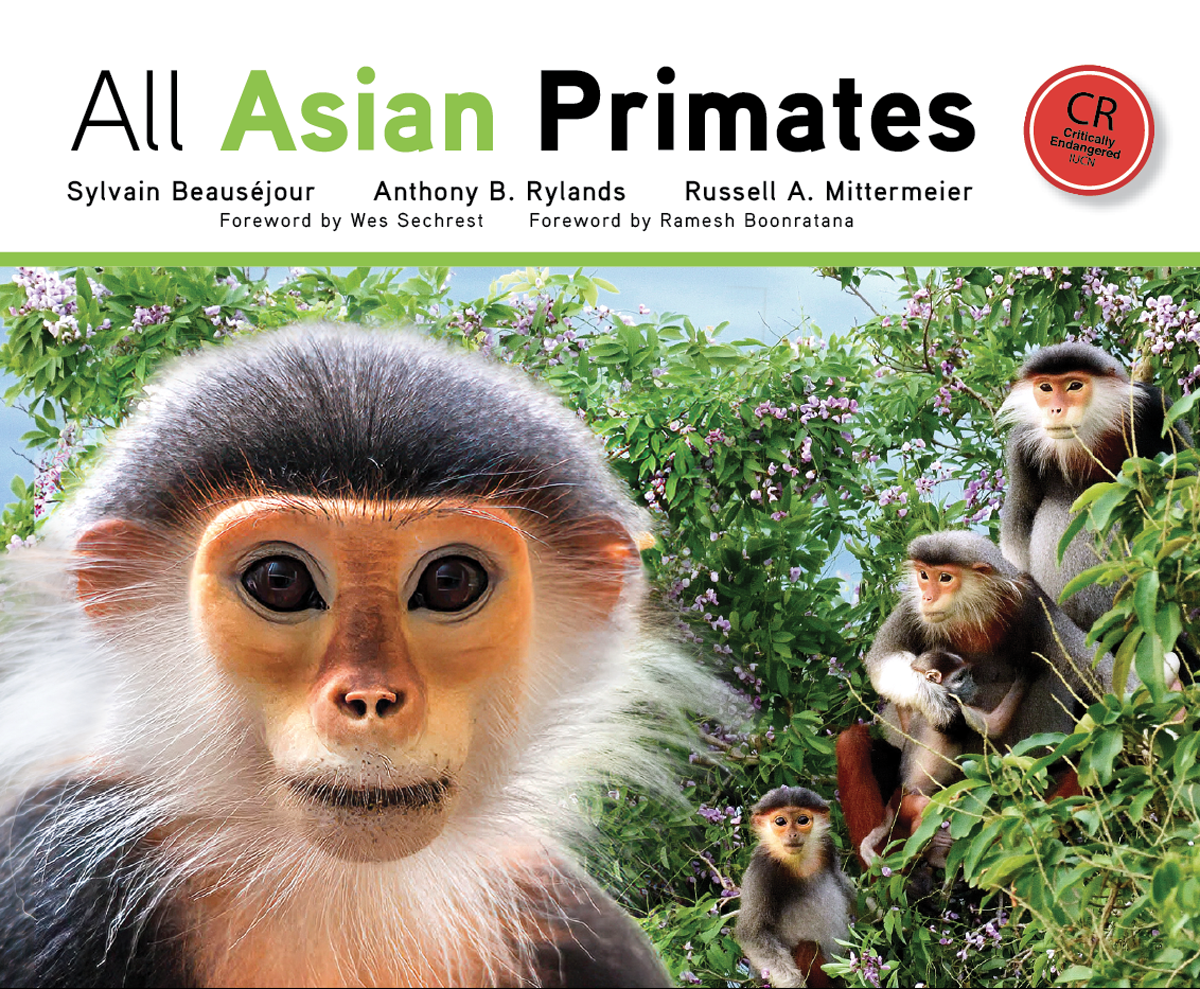

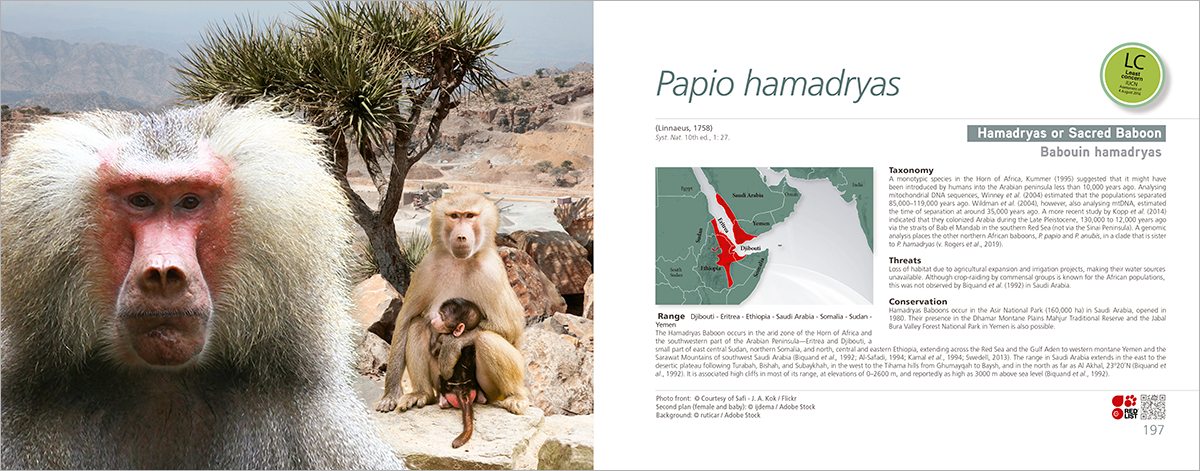
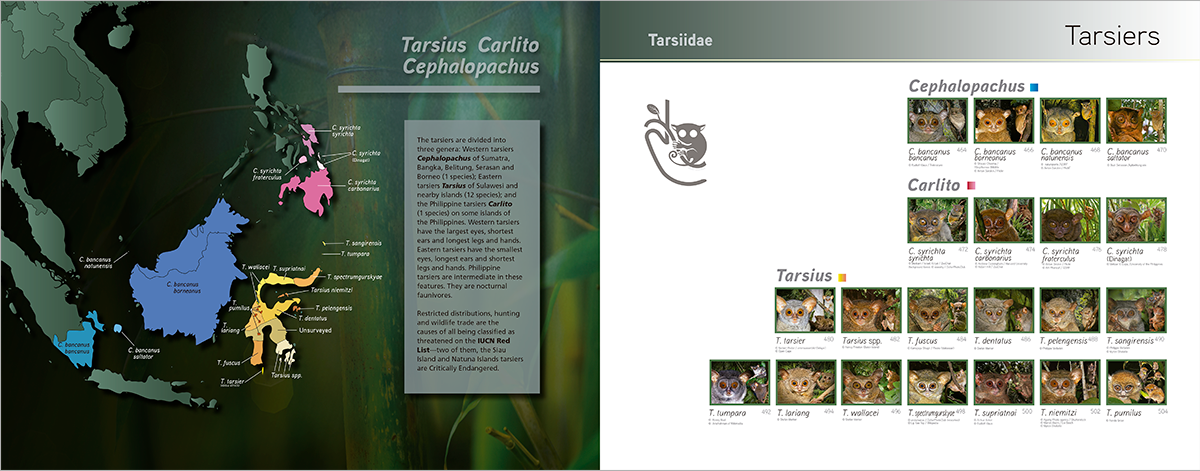
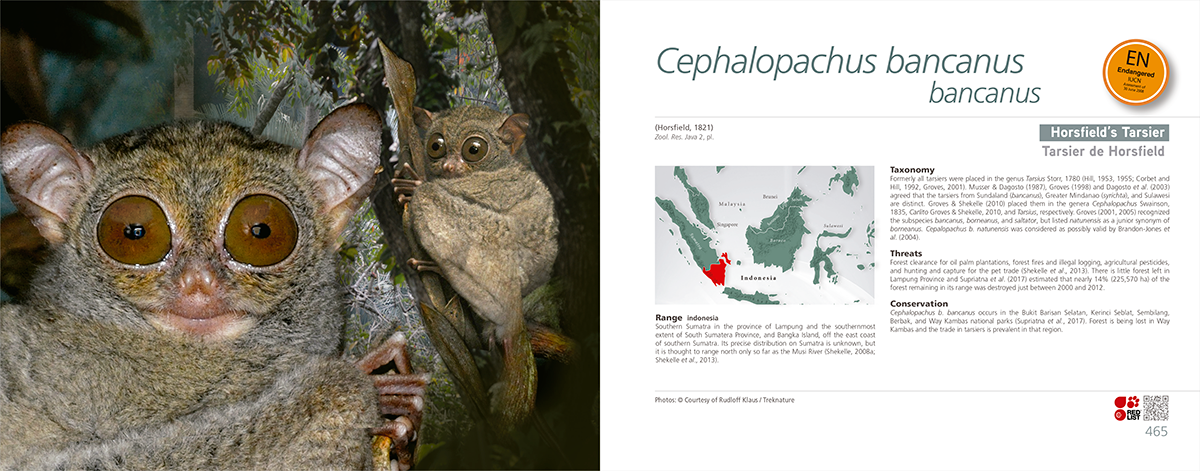

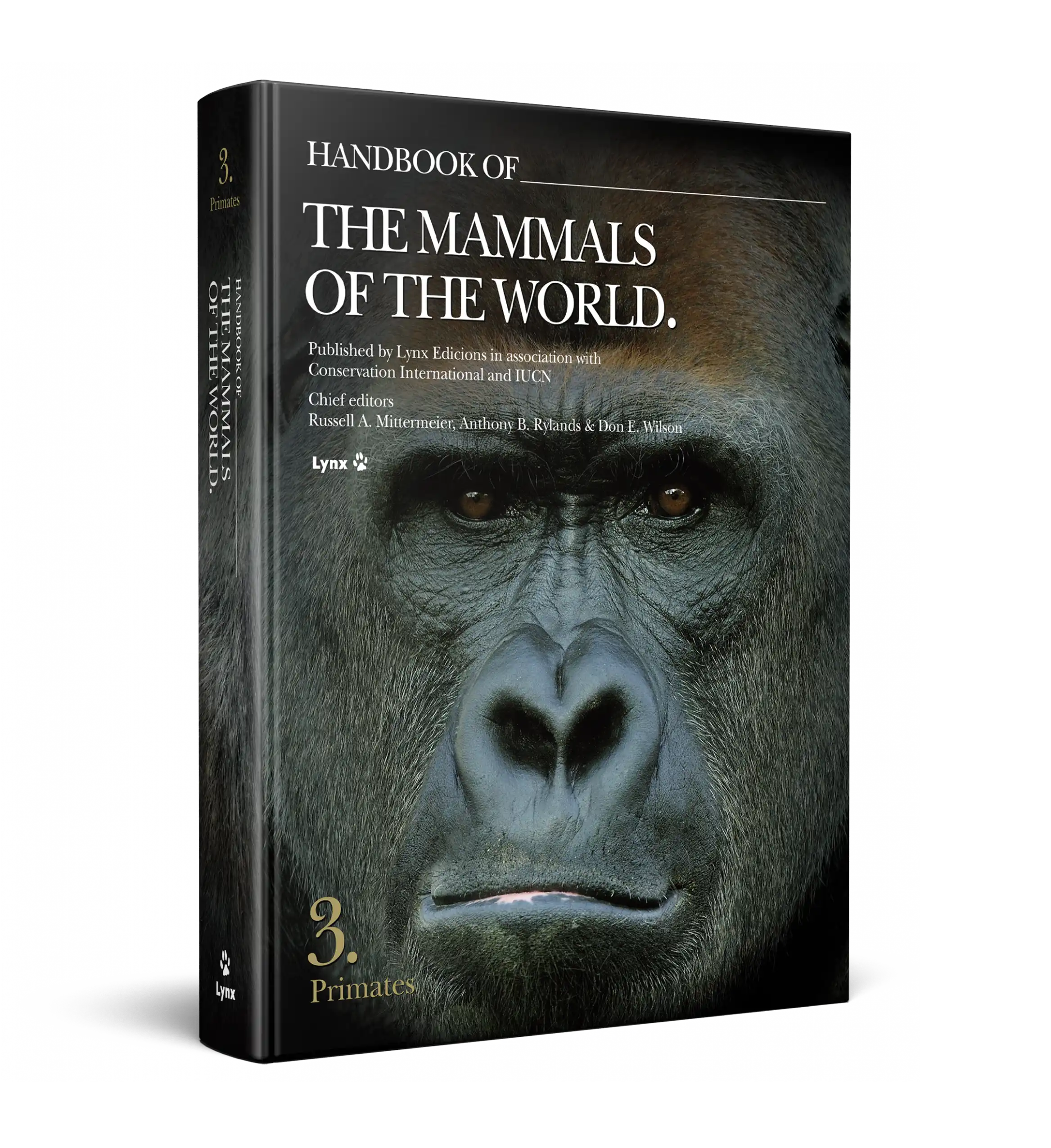
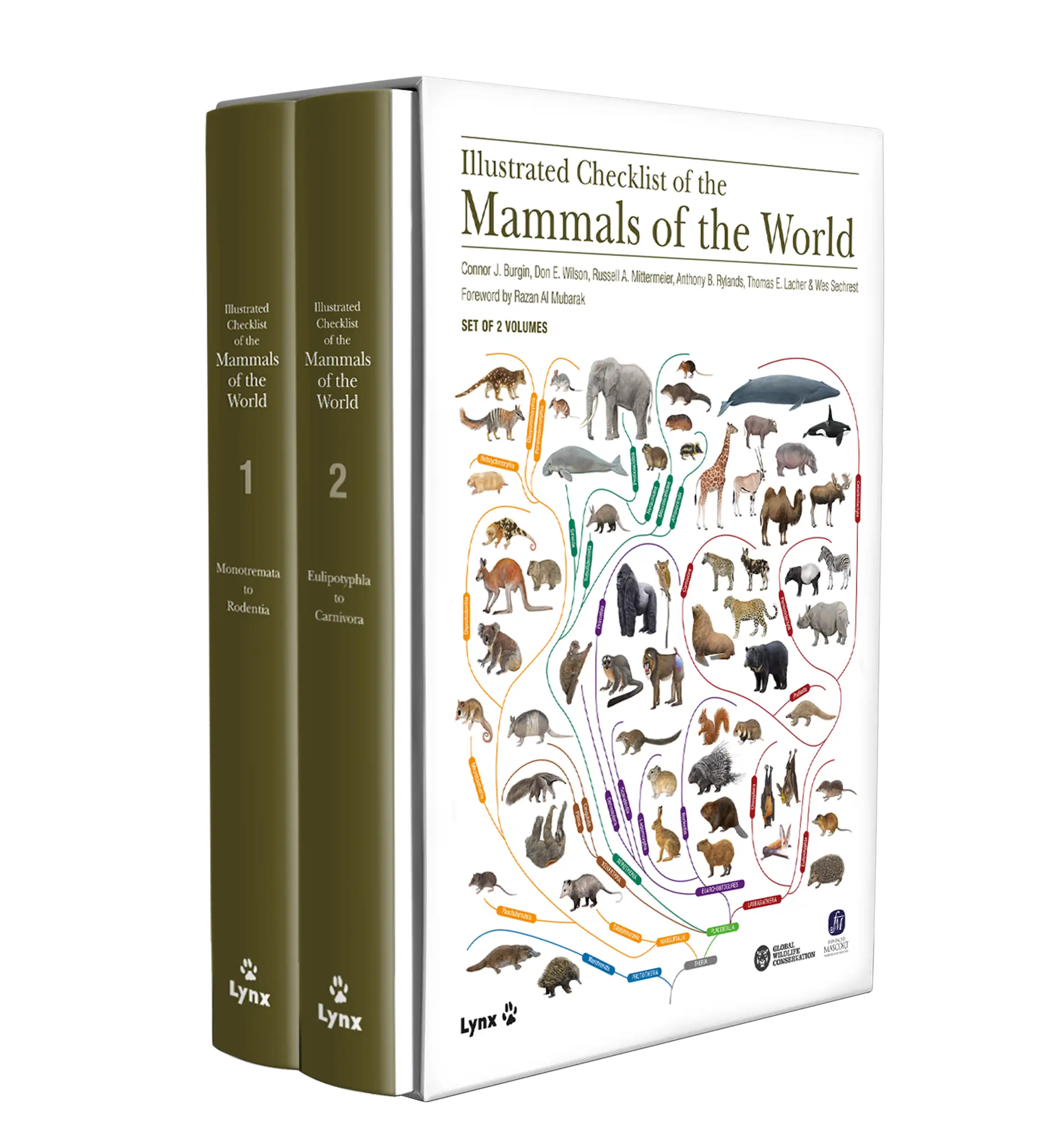
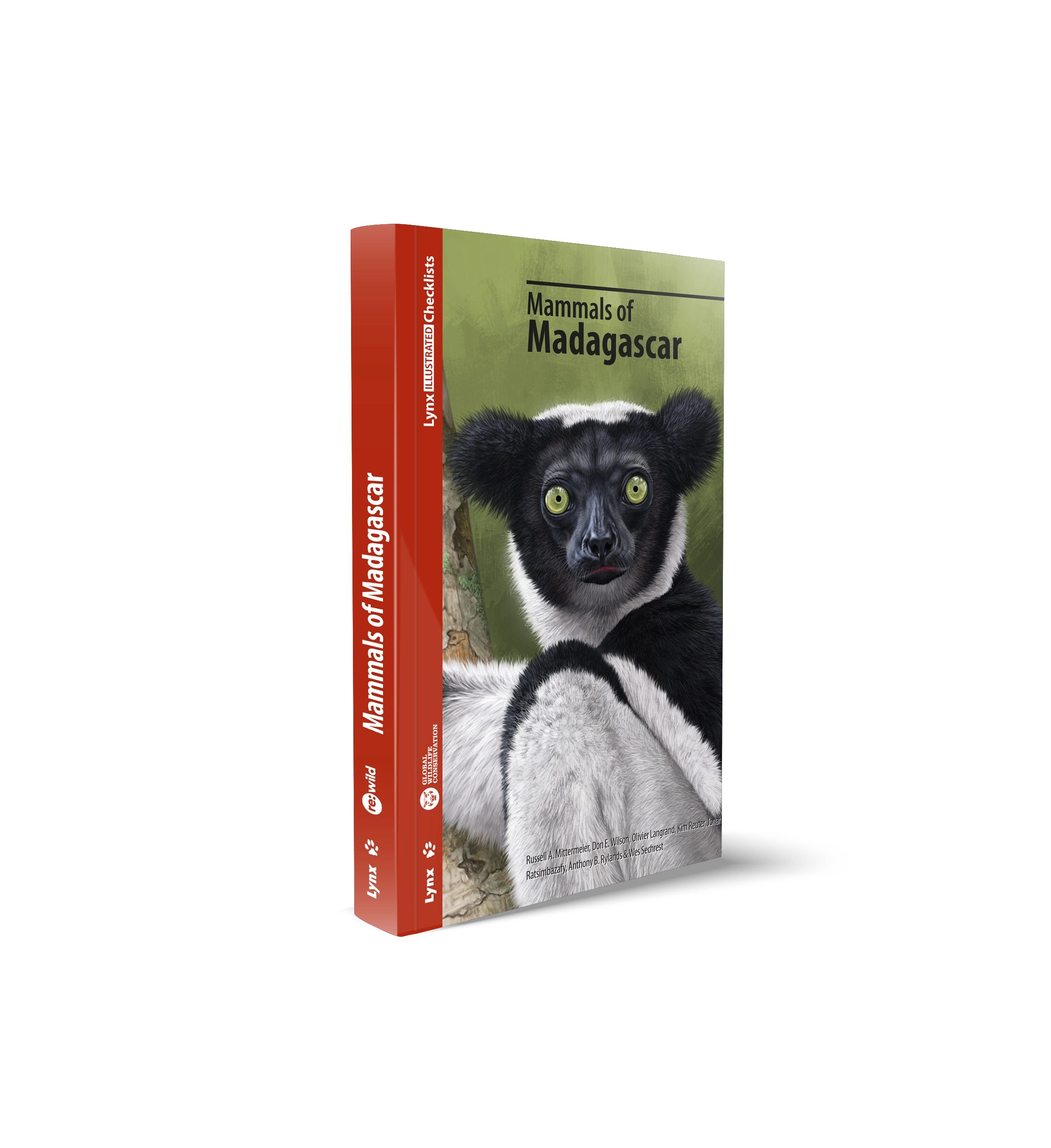
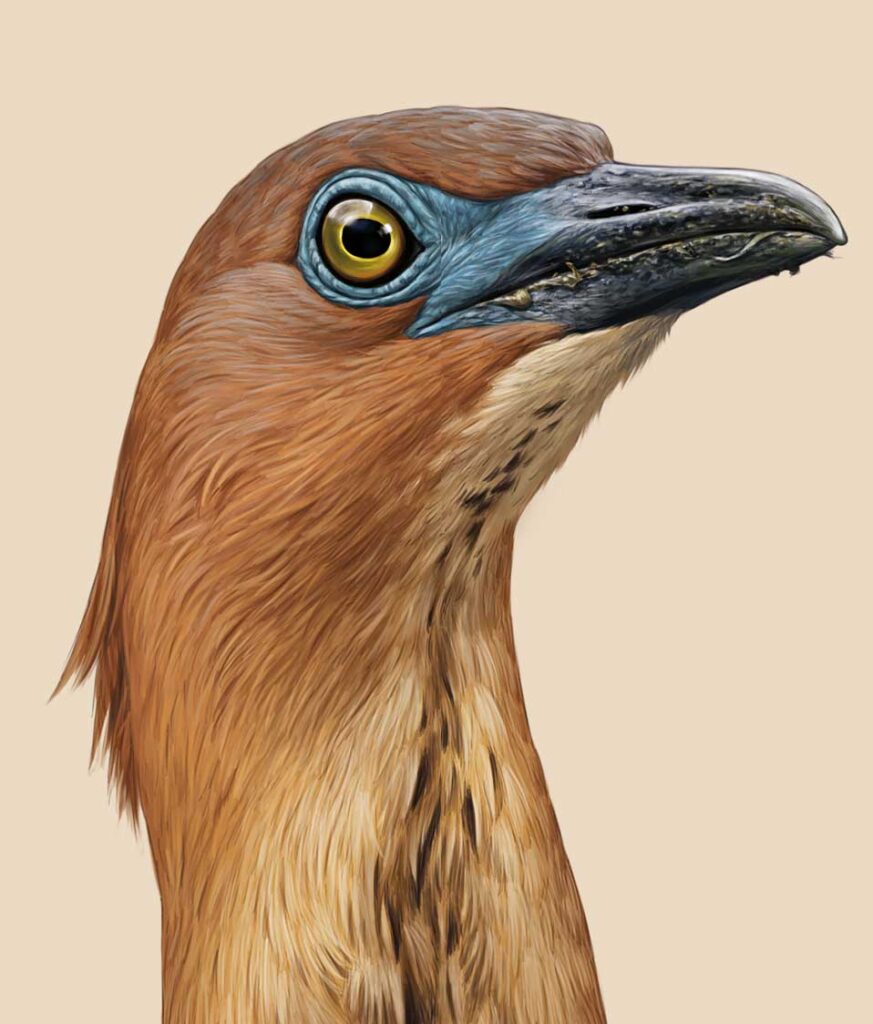
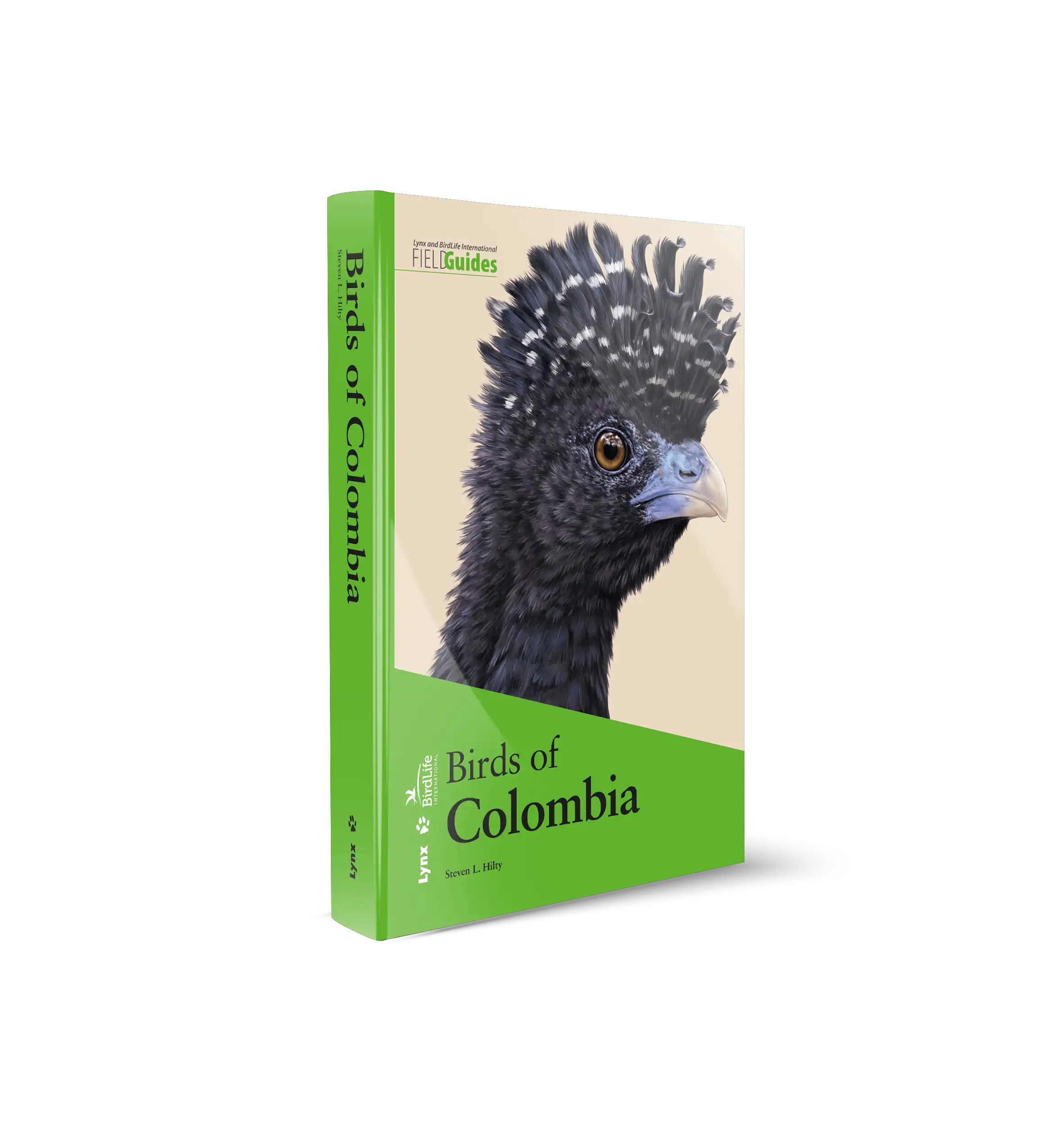
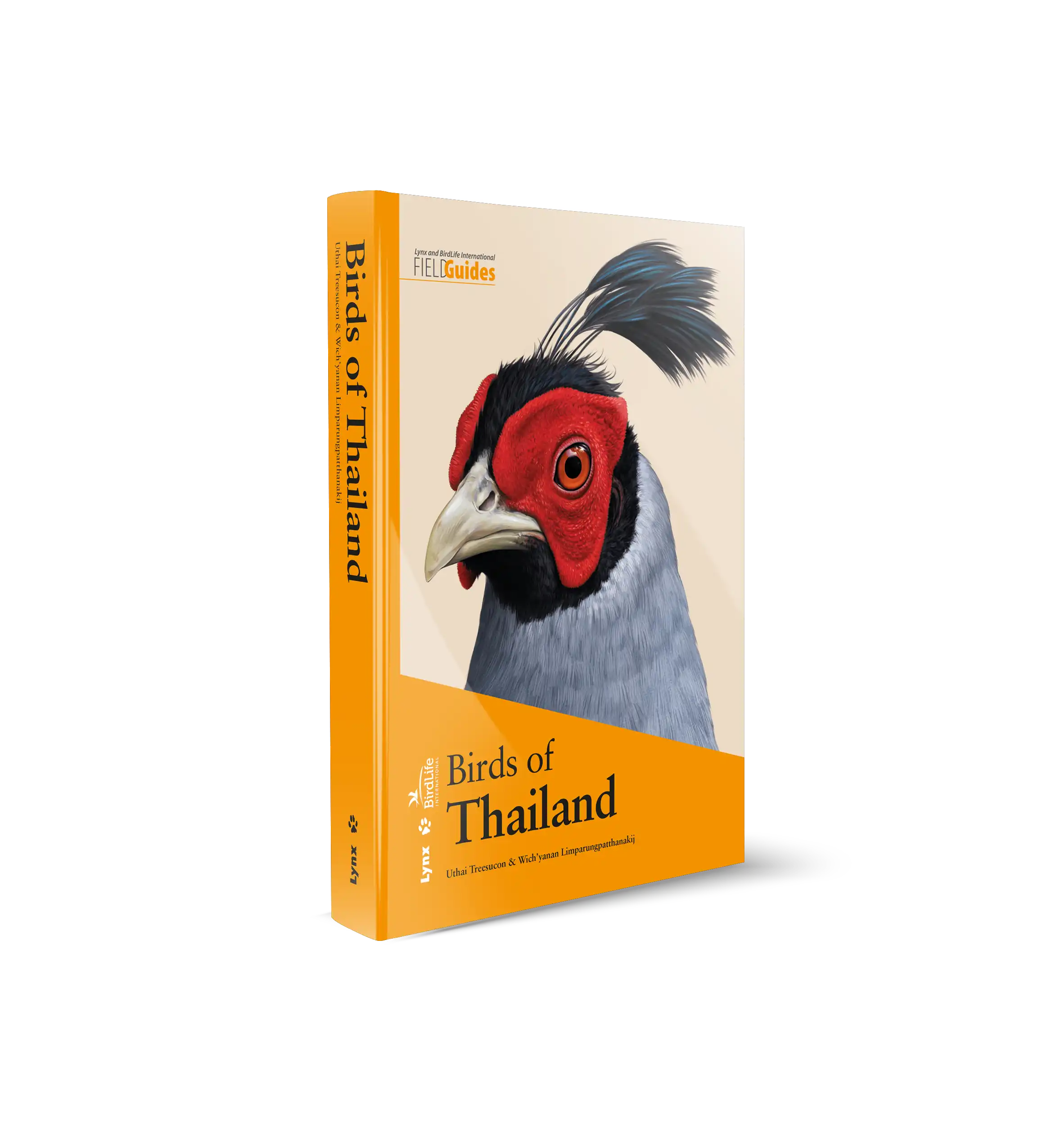
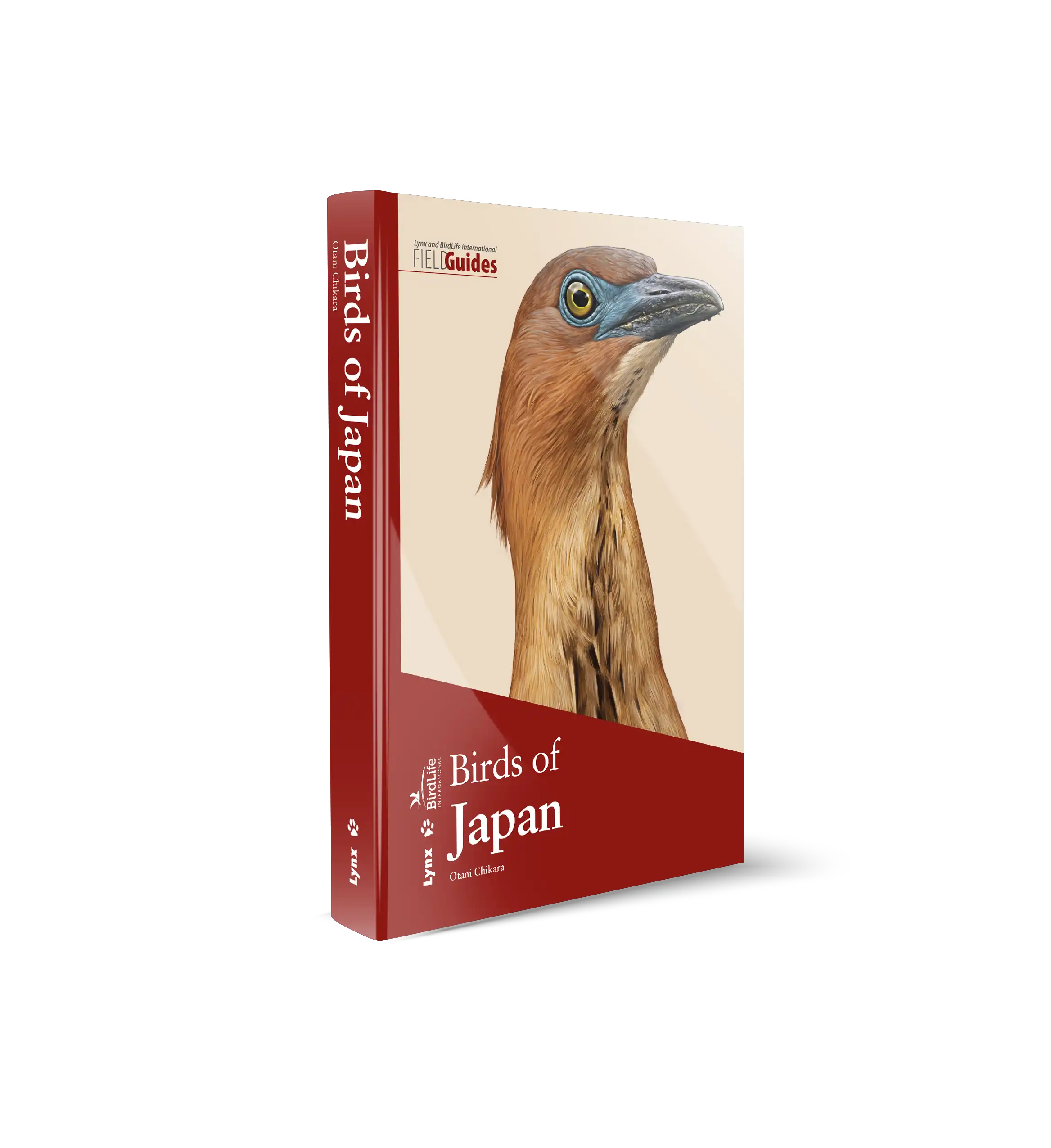








 Copyright 2026 © Lynx Nature Books
Copyright 2026 © Lynx Nature Books
Hans Moolhuizen (verified owner) –
Great book in every respect but for it’s price it should also be hardbound.